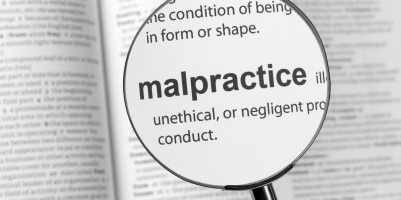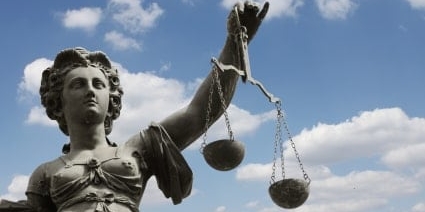
For example, recently a superior court judge issued a tentative ruling at a demurrer hearing in which the judge sustained a demurrer without leave to amend related to a claim for negligent misrepresentation because the plaintiff had not alleged “intent to defraud” as part of the claim. As any first year law student knows, “intent to defraud” is not an element of a claim for negligent misrepresentation. Obviously, a misrepresentation made with an intent to defraud is no longer a negligent misrepresentation—it is an intentional misrepresentation.
After being advised of a recent California Supreme Court decision which specifically stated that “intent to defraud” was not an element of a claim for negligent misrepresentation, the judge took the matter under submission—but refused to change his tentative decision. Although the judge’s decision is certainly subject to review and reversal, the moving party would by necessity have to incur significant expense to appeal a decision that never should have been rendered.
Unfortunately, this instance of a sitting judge issuing a seemingly erroneous decision is not an isolated incident. Most seasoned trial lawyers can recount any number of occasions when judges “go off the reservation” and issue rulings which seem to have no basis in law. Even where the decisions are reversed on appeal, needless time and expense is often incurred correcting the erroneous rulings. So, armed with this information, what should an attorney do?
Attorneys must remind their clients of the pitfalls of every aspect of litigation, including the fallibility of both the juries and judges to correctly rule on what superficially seem to be obvious points of fact or law. Bench trials (trials by judges) are no panacea for removing unpredictability from the litigation equation. As noted above, you might be assigned a judge who is convinced that intent to defraud is an element in a claim for negligent misrepresentation. And instead of learning about the judge’s novel theory on California law early in the litigation at the demurrer stage, what if you are not informed about his theory until you are submitting jury instructions?
The bottom line is that all litigation is a crap shoot and judges are often times no better than juries at determining facts or law. All clients need to be aware that their “great case” is at every stage of litigation just one poorly reasoned judge’s decision away from becoming a money-pit.
The only real way to control the uncertainty of litigation is to urge clients and counsel to always consider mediation, even before litigation, when possible.




